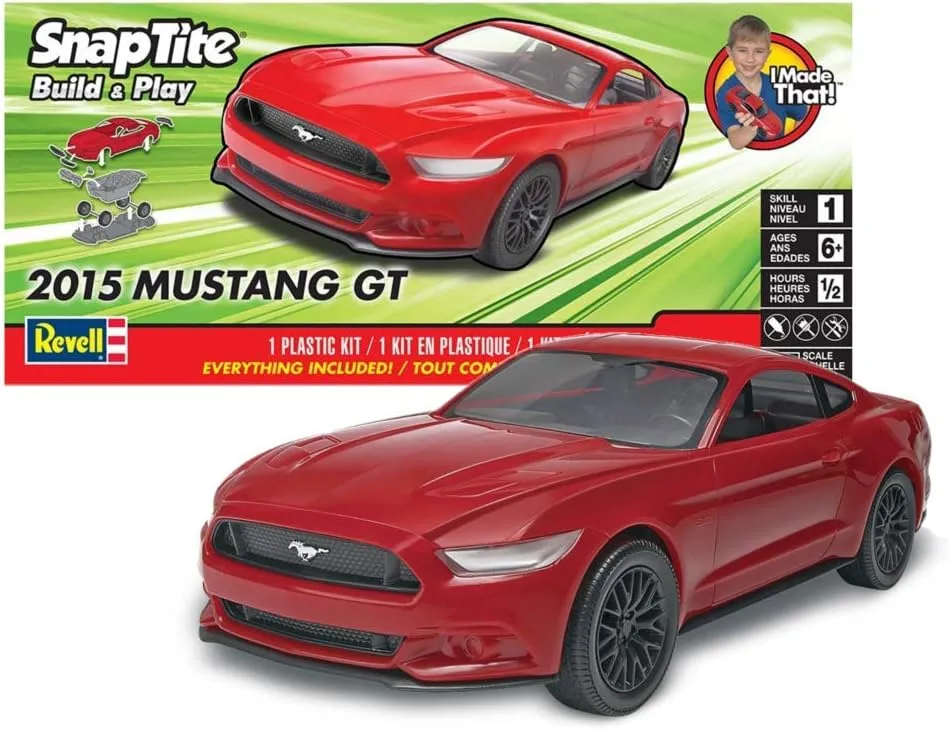What Are Diecast Cars
Diecast cars are miniature vehicles made using the die-casting process. This involves pouring molten metal, typically zinc alloys, into molds to create highly detailed and accurate replicas of real-world automobiles. These models are not just toys but are also highly sought-after collectibles, representing a significant investment for many enthusiasts. The appeal of diecast cars stems from their intricate designs, the nostalgia they evoke, and the joy of building a collection of finely crafted models. They offer a tangible connection to automotive history, design, and engineering, making them a fascinating hobby for car lovers of all ages. The quality of these models varies, with some being simple toys and others being exquisitely detailed pieces that can cost hundreds or even thousands of dollars.
The History of Diecast Cars
The history of diecast cars dates back to the early 20th century. The first diecast toys emerged in the early 1900s, primarily made of lead. However, the use of die-casting with zinc alloys became widespread in the 1930s. Companies like Dinky Toys and Corgi Toys pioneered the mass production of these miniature vehicles, leading to their popularity. These early models were simple, often used as promotional items or as children’s toys. After World War II, the industry boomed, with more sophisticated and detailed models emerging. The 1960s and 70s saw the rise of iconic brands like Hot Wheels and Matchbox, which introduced innovative designs and marketing strategies. The hobby continues to evolve, with advancements in materials and manufacturing techniques leading to even more realistic and detailed models.
How Diecast Cars Are Made
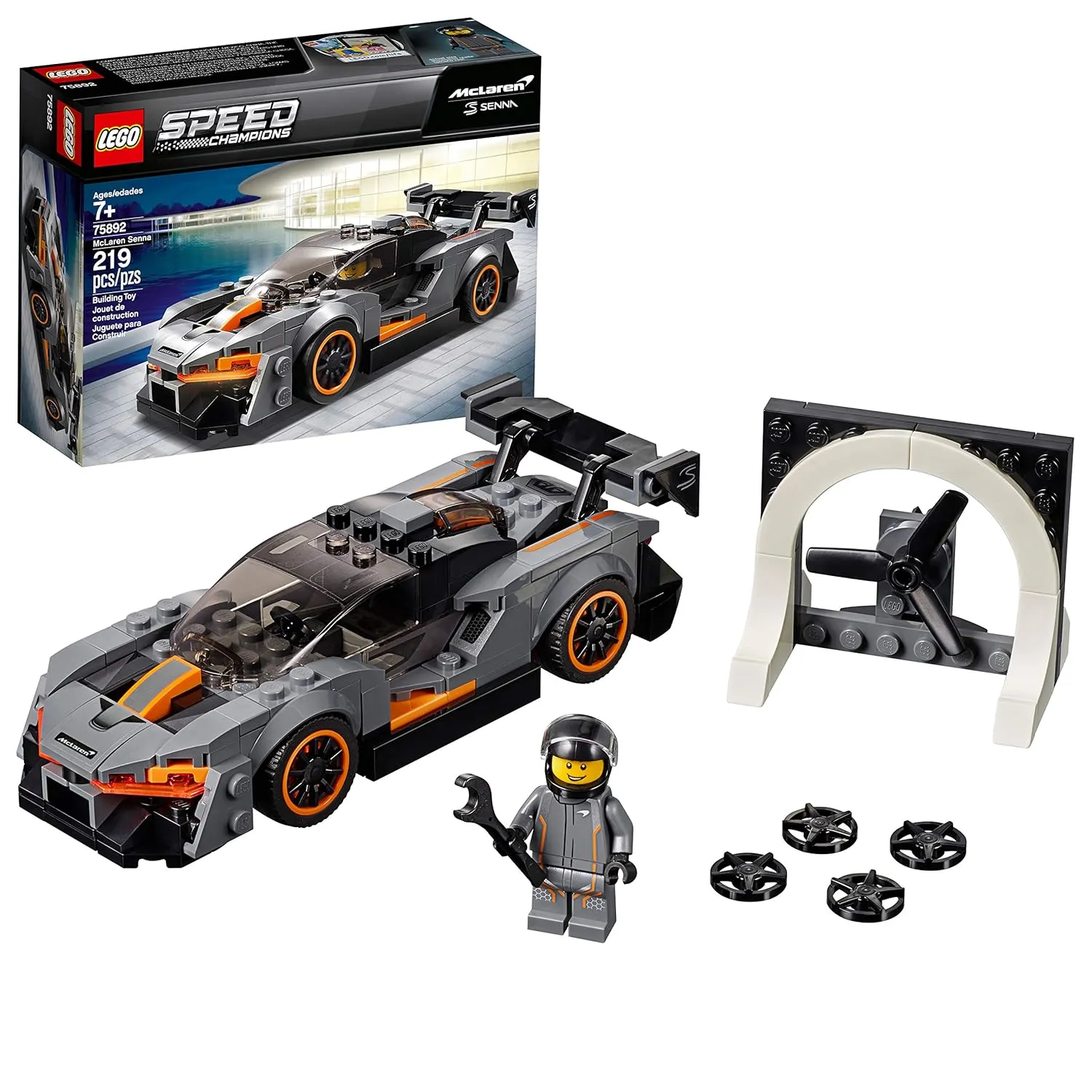
The production of diecast cars is a complex process that requires precision and expertise. It begins with the creation of molds, which are typically made of steel. These molds are designed to capture every detail of the car, from the body shape to the interior features. Molten metal, usually a zinc alloy, is then injected into the molds under high pressure. This process ensures that the metal fills every nook and cranny of the mold, creating a detailed casting. Once the metal cools and solidifies, the castings are removed from the molds. The parts are then cleaned, trimmed, and assembled. The models are painted, detailed with decals, and often feature plastic or rubber components like tires and windows. High-end models may include opening doors, working suspension, and detailed engine compartments, adding to their realism and appeal.
Materials Used in Diecast Cars
The primary material used in diecast car production is zinc alloy, a mix of zinc, aluminum, magnesium, and copper. This material is chosen for its ability to be die-cast, its strength, and its durability. Other materials are also incorporated. Plastic is used for interior components, windows, and sometimes the chassis. Rubber or synthetic materials are used for the tires. Paint is applied in multiple layers, with clear coats often used to protect the finish and add shine. Metal components, such as axles and screws, are used to hold the model together. High-end models might use photo-etched parts for grilles, emblems, and other fine details. The combination of materials contributes to the overall look, feel, and authenticity of the diecast car.
Popular Diecast Car Scales
Diecast cars come in various scales, each representing a different proportion of the real-world vehicle. These scales help collectors and enthusiasts to create collections that are consistent in size and detail. The most popular scales offer a range of sizes and detail levels, which cater to different preferences and budgets. The scale determines how large a model car will be in comparison to the original vehicle. Common scales include 1 18, 1 24, and 1 43. Each scale has its own advantages and disadvantages, influencing the level of detail, the availability of models, and the cost of the cars.
1 18 Scale Diecast Cars
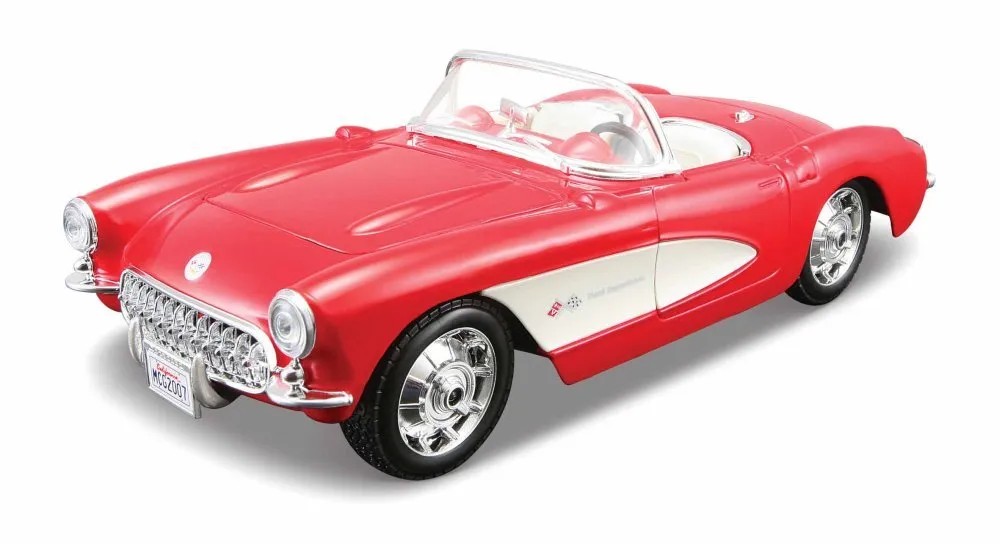
1 18 scale is a popular choice for collectors due to the balance of detail and size. Models in this scale are large enough to feature intricate details, such as opening doors, detailed engine compartments, and realistic interiors. The larger size also allows for higher-quality paint finishes and the use of more detailed parts. 1 18 scale cars are often considered premium models and are a great showcase piece. However, they require more display space and can be more expensive than models in smaller scales.
1 24 Scale Diecast Cars
1 24 scale models are a great compromise between detail and cost. They offer a good level of detail without being overly large. These models are generally more affordable than 1 18 scale models, making them an attractive option for both new and seasoned collectors. This scale also offers a wide variety of models. 1 24 scale diecast cars are still large enough to feature intricate details, such as opening doors and detailed interiors, making them a great addition to any collection.
1 43 Scale Diecast Cars
1 43 scale is among the most common scales. This scale offers a great balance of detail, size, and affordability. These models are ideal for collectors who want to build a diverse collection without requiring a lot of display space. While the detail may not be as intricate as in larger scales, 1 43 scale models are still capable of capturing the essence of the original vehicles. They are also usually available in a wide range of makes and models. These smaller cars are often more affordable, allowing collectors to amass a large and varied collection.
Factors to Consider When Choosing Diecast Cars
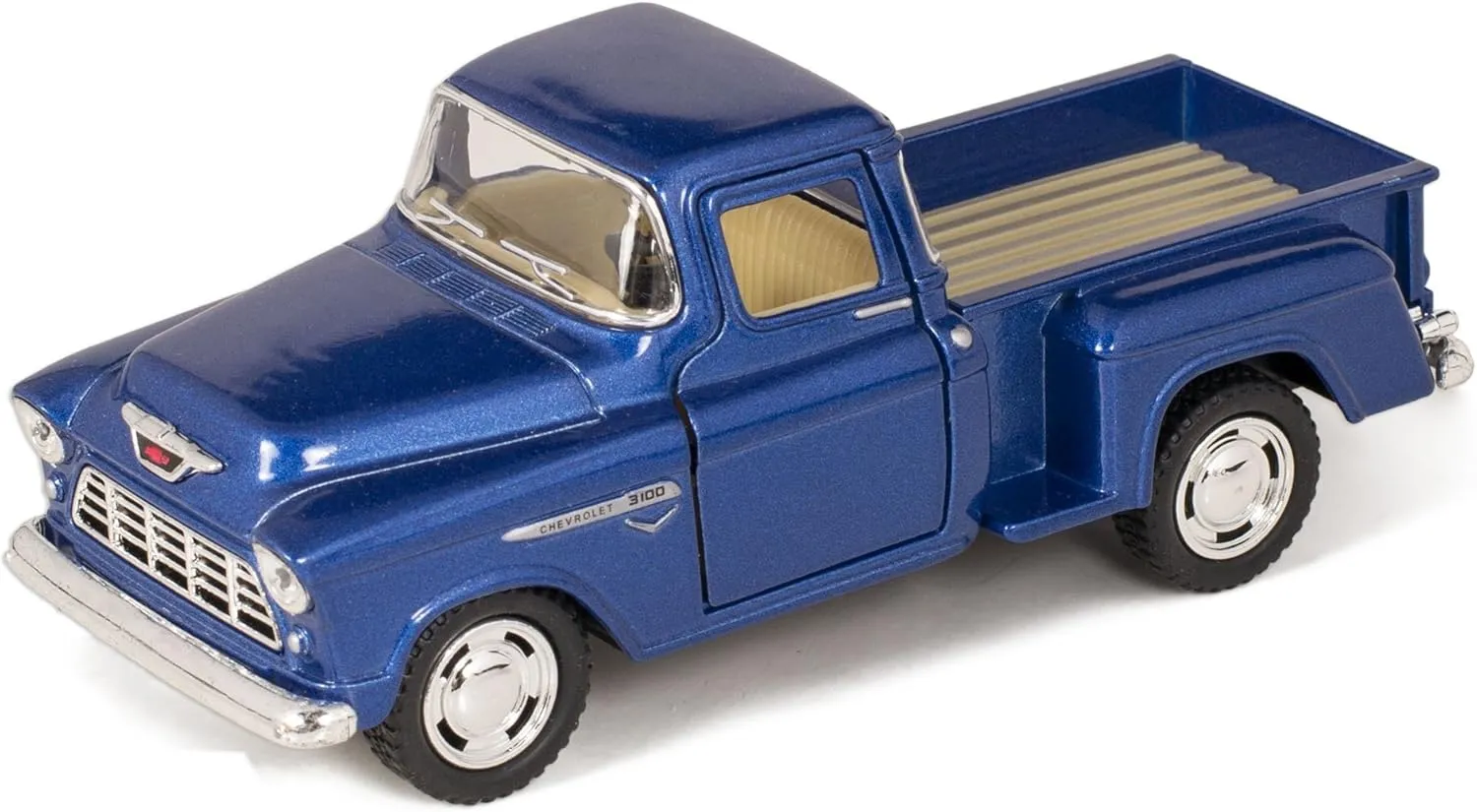
Selecting the best diecast cars involves considering several factors. These factors will influence the overall quality of the model, and your satisfaction as a collector. It is essential to assess various features, including the level of detail, the reputation of the brand, and the potential for the car to increase in value. Understanding these elements will help you make informed decisions and enhance your collecting experience. By considering these aspects, you will be well-equipped to choose diecast cars that you will treasure for years to come.
Detailing and Accuracy
The level of detail and accuracy is a primary consideration. High-quality diecast cars feature detailed interiors, accurate body lines, and realistic paint finishes. Look for models with opening doors, hoods, and trunks, as well as detailed engine compartments. Pay attention to the details like the dashboard, seats, and wheels. The best models will accurately represent the original car’s design. This attention to detail contributes significantly to the model’s realism and value.
Brand Reputation
The brand reputation is another important factor. Certain brands are known for producing high-quality, highly detailed diecast cars. Researching different brands will ensure you’re investing in models that meet your standards. Brands such as Autoart, Minichamps, and others, are known for their accuracy, attention to detail, and the quality of their materials. The brand’s reputation is often reflected in the model’s price, with more well-regarded brands often commanding higher prices.
Rarity and Collectibility
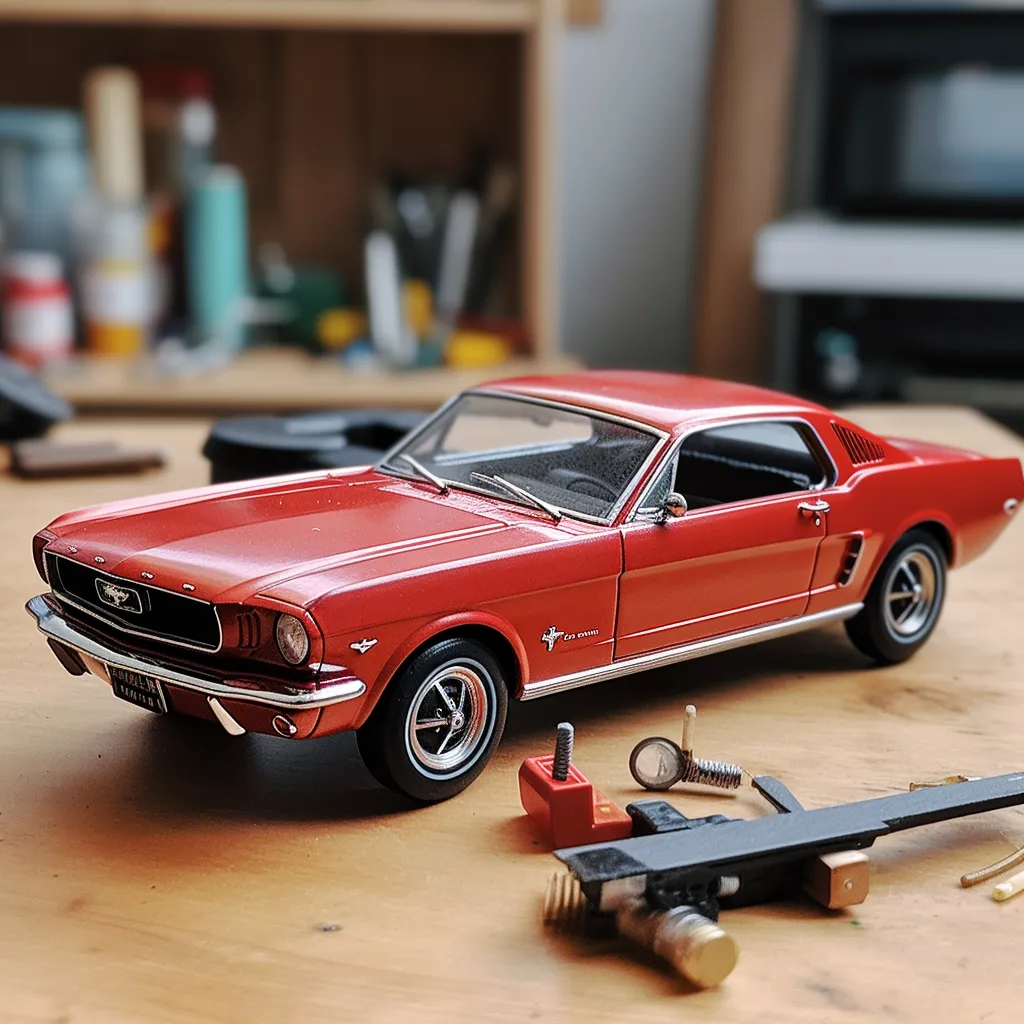
The rarity and collectibility of a model play a role in its value and desirability. Limited-edition models, those with unique paint schemes, or those that represent significant vehicles in automotive history are often more sought-after by collectors. Researching the model’s production run, its history, and its significance can help you determine its potential value. Certain models may be more collectible because they are harder to find and are in high demand among enthusiasts. Limited editions, special releases, and models that are no longer in production can appreciate in value over time.
Value and Investment Potential
While not every diecast car is an investment, some models can appreciate in value over time. Factors that influence value include the model’s condition, rarity, brand, and the demand for that particular car. Before purchasing a model, research its current market value and any potential for appreciation. Collectible cars in excellent condition, with original packaging, are more likely to increase in value. Models from reputable brands and those that represent significant vehicles have a higher investment potential.
Top Diecast Car Brands
The market for diecast cars is competitive. Many brands have established reputations for quality and detail. Each brand offers its own strengths and specialties. When choosing diecast cars, understanding the strengths of different brands can help you narrow down the choices and find models that match your interests and budget. Some brands are known for producing high-end, detailed models, while others focus on more affordable options. Familiarizing yourself with the best brands will give you a great head start.
Hot Wheels
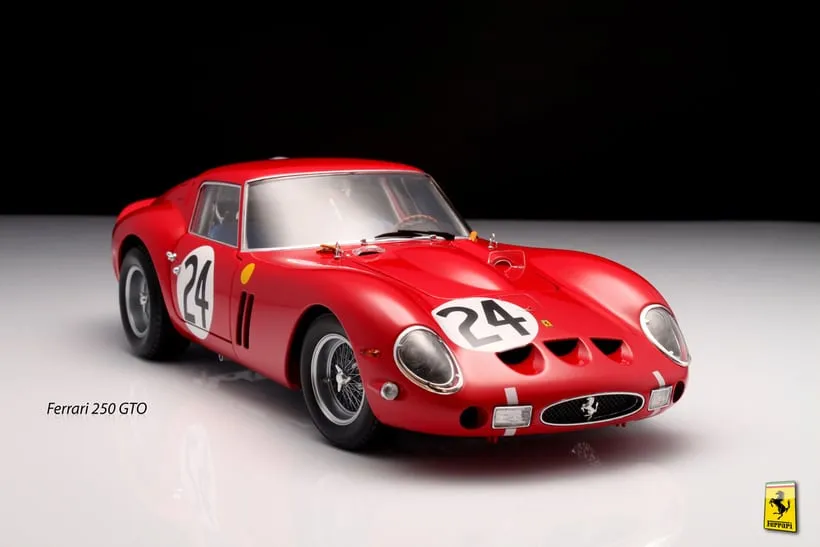
Hot Wheels are a popular choice, especially among younger collectors, known for their vibrant colors, unique designs, and affordability. Although typically considered toys, some Hot Wheels models are highly sought-after by collectors. These are often the limited edition, rare, or special models. They feature a variety of vehicles, from classic cars to modern race cars and fantasy designs. They are relatively affordable and are a great way to start a collection.
Matchbox
Matchbox is another iconic brand, known for its smaller-scale models and focus on realistic designs. Matchbox cars have been around since the 1950s. They are known for their affordability and wide variety of models. Matchbox offers a mix of classic and modern vehicles, with many models based on real-world cars. Matchbox cars are a great option for new collectors due to their accessibility and the diversity of vehicles available.
Autoart
Autoart produces high-end, detailed diecast models. Autoart is renowned for their exceptional attention to detail, high-quality materials, and accuracy in replicating real-world vehicles. They offer a range of scales, from 1 18 to 1 43. Autoart models are often considered premium collectibles. Their models feature opening doors, highly detailed interiors, and accurate engine compartments, making them highly desirable among serious collectors.
Minichamps
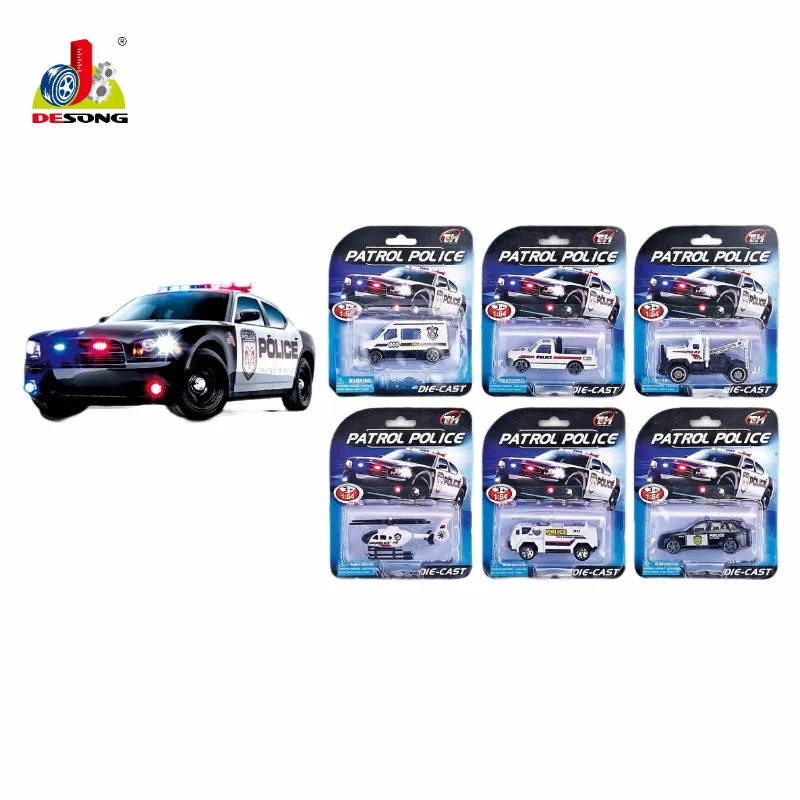
Minichamps is a well-regarded brand. Their reputation is based on producing high-quality, highly detailed models. They are known for their wide selection of cars, ranging from classic to modern, race cars, and street vehicles. Minichamps offers models in various scales, with a focus on accuracy and detail. The models are often highly prized by collectors. Their models feature realistic details, high-quality paint finishes, and accurate body lines, making them valuable additions to any collection.
Tips for Collecting Diecast Cars
Building a diecast car collection is a rewarding hobby. It requires careful planning, research, and passion. Following these tips will help you build a satisfying and valuable collection. It’s important to establish a focus, manage your budget, and take care of your models. These tips can help you start your collection and enjoy the hobby to its fullest. Collecting is a journey, and the best way to enjoy it is to have fun and appreciate the craftsmanship of these miniature vehicles.
Storing and Displaying Your Collection
Proper storage and display are important to preserving and showcasing your collection. Diecast cars should be stored in a cool, dry place away from direct sunlight. Sunlight can damage the paint and decals. Consider using display cases to protect your models from dust and damage. There are many display options, from simple shelves to custom-built cases. Organize your collection by brand, scale, or theme, to make it easier to find and admire your models. Regular dusting and careful handling will keep your models in excellent condition.
Cleaning and Maintaining Your Models
Regular cleaning and maintenance are essential to keep your diecast cars in pristine condition. Use a soft, dry cloth to gently dust your models. Avoid using harsh chemicals or abrasive cleaners that could damage the paint or decals. For more thorough cleaning, use a slightly damp cloth with mild soap and water. Be careful not to get water inside the model, as it could damage internal components. Regular cleaning will preserve the appearance of your models and protect their value. Consider applying a wax or sealant to further protect the paint finish and add a layer of shine.
Where to Buy Diecast Cars
There are many places to buy diecast cars, both online and offline. The best place for you will depend on your preferences, budget, and the types of models you are looking for. Consider the range of models, the prices, and the reliability of the seller. By comparing the different options, you can find the perfect place to buy and grow your collection. From specialist shops to online marketplaces, the options are diverse, catering to collectors of all levels.
Online Marketplaces
Online marketplaces like eBay and Amazon offer a vast selection of diecast cars from various sellers. They provide a convenient way to browse and compare prices from different vendors. These platforms also have the benefit of allowing you to find rare and hard-to-find models. Always check the seller’s feedback and read reviews. Be sure to look at the product descriptions carefully to ensure that the model is in the condition you expect. Consider the shipping costs and return policies before making a purchase.
Specialty Diecast Shops
Specialty diecast shops are excellent for finding high-quality models and receiving expert advice. These shops often carry a curated selection of models from various brands, and they usually have knowledgeable staff who can help you find what you are looking for. You may also find rare and limited-edition models that are not available elsewhere. Visiting a specialty shop allows you to see the models up close, assess their quality, and speak to experts who can provide valuable information. Look for shops that specialize in the brands and types of models that interest you.
Conclusion
Diecast car collecting is a rewarding hobby. It provides enjoyment, the chance to learn about automotive history, and a potential for investment. By following this guide, you can begin building your collection with confidence, making informed decisions and appreciating the craftsmanship of these miniature vehicles. Remember to focus on the aspects of collecting that bring you joy, and enjoy the process of discovering the world of diecast cars. Whether you’re a seasoned collector or a beginner, the world of diecast cars offers something for everyone.
